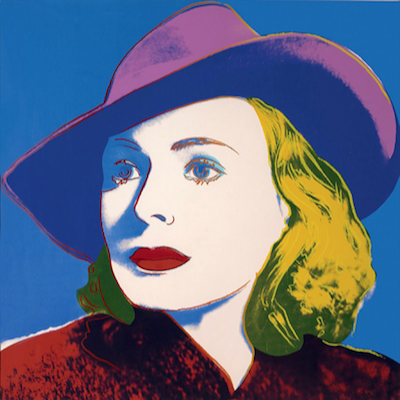
Details
Artist
Styles
// Alex Katz's Camp (1990) is a limited edition woodcut print that showcases his minimalistic and abstract style. The artwork features a predominantly green and muted color palette with a subtle texture, evoking the sense of a natural, wooded environment. Three small orange rectangles are placed centrally in the lower half of the composition, serving as a focal point and creating a sense of contrast against the expansive green backdrop. The simplicity of forms and the sparseness of elements give the piece an introspective and meditative quality, inviting viewers to contemplate the subtle interplay of color and form.
Camp, 1990
form
Medium
Size
152.4 x 101.6 cm
- Inches
- Centimeters
Edition
Price
Details
Artist
Styles
// Alex Katz's Camp (1990) is a limited edition woodcut print that showcases his minimalistic and abstract style. The artwork features a predominantly green and muted color palette with a subtle texture, evoking the sense of a natural, wooded environment. Three small orange rectangles are placed centrally in the lower half of the composition, serving as a focal point and creating a sense of contrast against the expansive green backdrop. The simplicity of forms and the sparseness of elements give the piece an introspective and meditative quality, inviting viewers to contemplate the subtle interplay of color and form.
- Recently Added
- Price (low-high )
- Price (high-low )
- Year (low-high )
- Year (high-low )
Alex Katz
Red Dogwood 2 From The Flowers Portfolio, 2021
Limited Edition Print
Archival Print
USD 20,000 - 25,000
Alex Katz
Red Dogwood 1 From Flowers Portfolio, 2021
Limited Edition Print
Archival Print
USD 24,500
Alex Katz
Vincent With Open Mouth, 1974
Limited Edition Print
Etching And Aquatint
Inquire For Price
Alex Katz
The Flowers Portfolio (7 Works), 2021
Limited Edition Print
Archival Print
USD 100,000 - 120,000
Alex Katz
Green Jacket (from Alex & Ada Portfolio), 1990
Limited Edition Print
Screen-print
USD 9,700
What is pop-art?
Pop Art is an art movement that began in Britain in 1955 and in the late 1950s in the U.S. It challenged traditional fine arts by incorporating imagery from popular culture, such as news, advertising, and comic books. Pop Art often isolates and recontextualizes materials, combining them with unrelated elements. The movement is more about the attitudes and ideas that inspired it than the specific art itself. Pop Art is seen as a reaction against the dominant ideas of Abstract Expressionism, bringing everyday consumer culture into the realm of fine art.

















































































































































